Yoga has been healing people for generations. Originating in the Indian subcontinent, it has provided physical, mental and spiritual support to humans. Throughout these years and eras, the yogic science has served people from all age groups and genders equally. However, there are some exercises that are of immense benefits for women in particular.
Women, according to yogic philosophy the manifestation of Goddess Durga, are the source of life on the planet and the union of all kinds of energy. A woman advances through multiple phases of life, from childhood to puberty and from motherhood to menopause. Yoga helps her deal with all these phases, changes and challenges coming into her life. Yoga can help women in more ways than you’d think.
Across the world, women suffer from cardiovascular diseases, breast cancer, polycystic ovarian disease (PCOD), osteoporosis, and depression. That’s not all. Incidences of stroke, obesity, hypertension, and diabetes are also common. PCOD, complicated pregnancies, and weight gain can be blamed on hormonal imbalances in the endocrine system, while cardiovascular diseases and osteoporosis are caused by a sedentary lifestyle and poor eating habits in women.
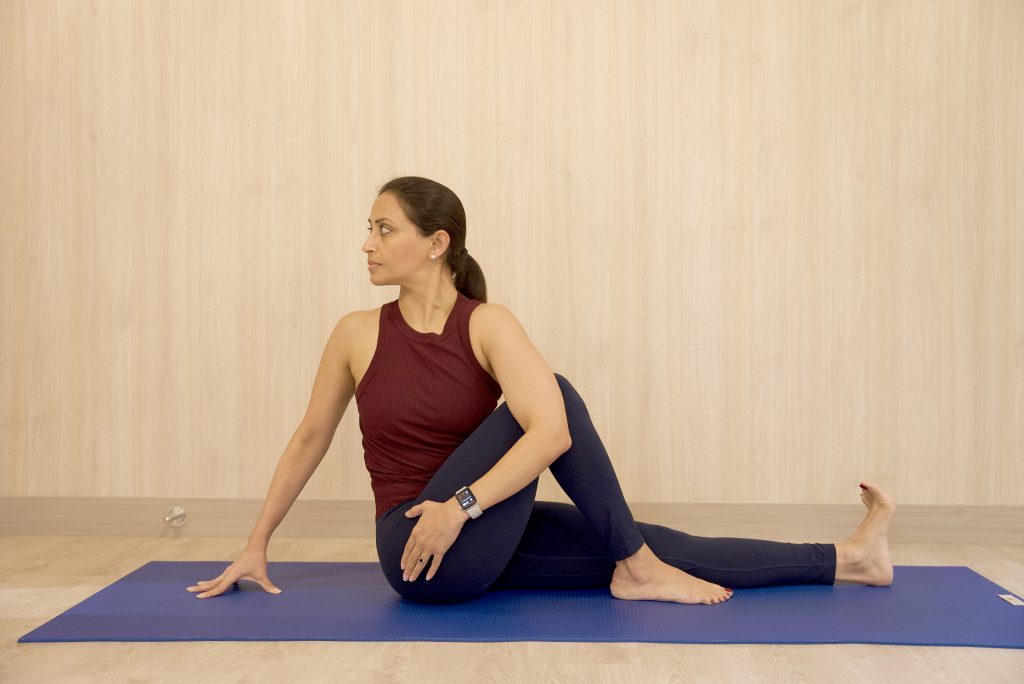
Yoga doesn’t just help in boosting your strength and toning your muscle, it’s also great at increasing your awareness and reducing anxiety. For women who don’t get time to work on self-improvement, simply performing yoga for an hour daily can be the key to balancing work and life.
Unlike most exercise routines, yoga can be done without any special equipment. All you need is a yoga mat and the willingness to fit yoga into your busy schedule. There are even some asanas that can be done while sitting in a chair, making it even easier to do. With regular practice, and even just one session makes a difference, you’ll find yourself becoming calmer, handling anxiety well and driving away hours of built-up tension in your muscles. You find your energy levels increasing, making it easier to tackle your tasks.
While it’s no cure, yoga can be an effective adjunct therapy for a variety of conditions, including cancer, heart disease, arthritis, asthma, diabetes, depression, fibromyalgia and migraines. Even if you are in perfect health, you can benefit from yoga. It improves strength, flexibility, coordination and range of motion. And since yoga promotes relaxation, improves circulation and reduces stress and anxiety, it enhances cardiovascular health and benefits the respiratory and nervous systems. As it promotes relaxation, yoga also aids sleep and digestion.
Here’s a look at how yoga can improve some specific conditions affecting women.
Thyroid: regulates metabolic activities of the human body and a disorder in the discharge of hormones can cause grave problems to the body.
Suggested yoga poses:
Halasana/ Plough pose: This pose will give compression to the neck and stimulates the thyroid glands.
Matsyasana/ Fish pose: Matsyasana provides adequate stretching to the neck triggering the thyroid gland.
Polycystic Ovarian Syndrome disease: PCOS is a common occurrence in women at reproductive age. Women suffering from obesity are more prone to PCOS. It crops up when a woman’s ovaries or adrenal glands produce more male hormones than normal. Presently, many women have started recognising the role of yoga as a safe PCOS treatment option
Suggested yoga poses:
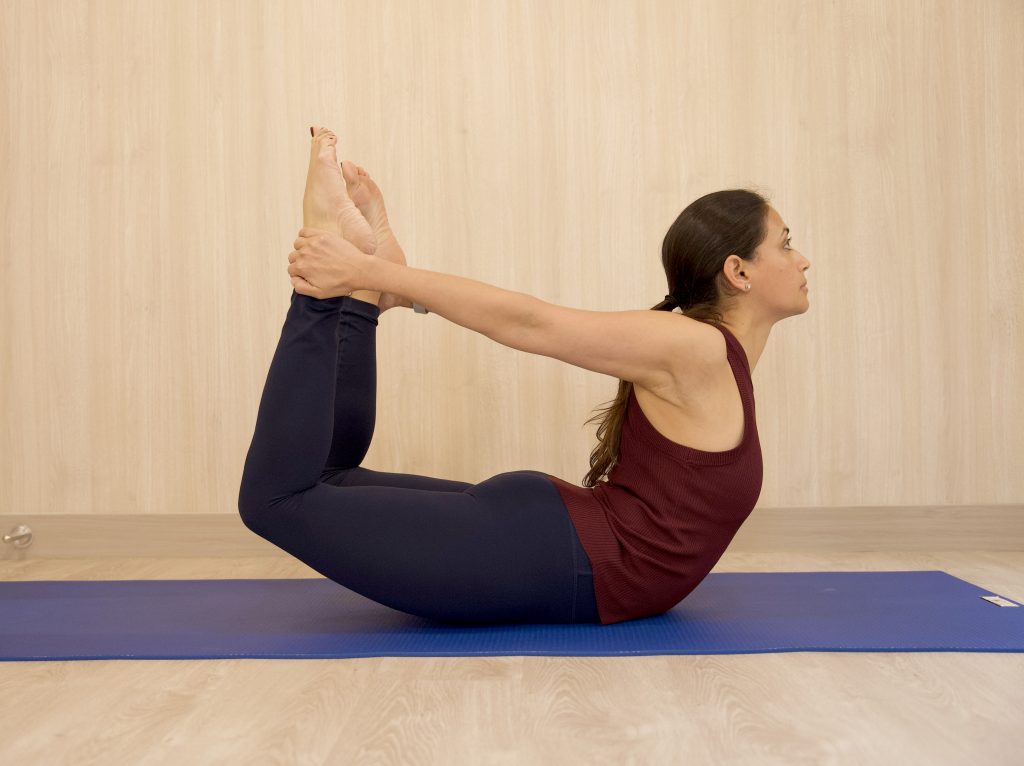
Dhanurasana/ Bow pose: This posture helps in galvanising reproductive organs.
Bhujangasana/ Cobra pose: It helps in activating ovarian functions.
Arthritis: Arthritis is a common rheumatic condition among adults aged 65 or more. These days’ people of all age groups can be affected by arthritis which includes pain, stiffness and swelling in and around one or more joints.
Suggested yoga poses:
Child Pose/ Shishuasana: This asana can help you straighten your vertebra.
Adho Mukha Svanasana/ Downward facing dog pose: It improves flexibility of the body and stretches the spine.
Lower back pain: The most intricate part of the human body is the lower back. Long hours of desk work can cause severe problems.
Suggested yoga poses:
Supta Matsyendrasana/ Supine Spinal Twist: If you want to get relived from constant back pain try this asana.
Vrikshasana/ Tree Pose: This exercise is beneficial for the spine and balances the body.
Diabetes: The numbers of Diabetic people have highly increased in the past decade. It is a condition which affects a person’s metabolic system as the glucose level rises because of inadequate insulin production or due to the insufficient response of the body to insulin.
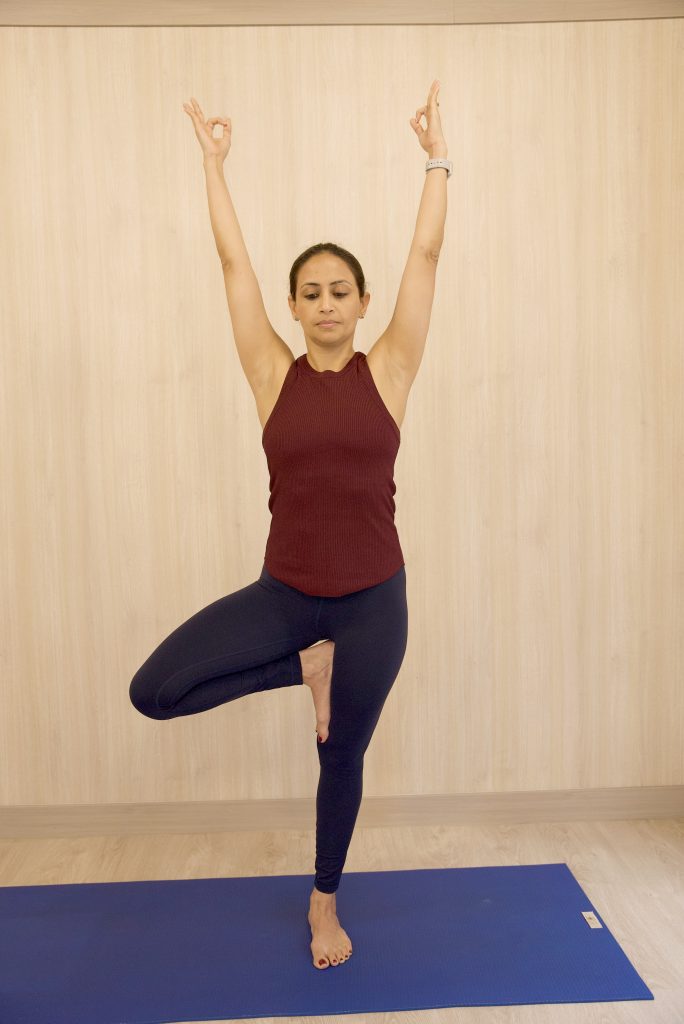
Suggested yoga poses:
Ardha Matsyendrasana/ Half Spinal Twist: People suffering from diabetes can do this asana to control body sugar level.
Chakrasana/ Wheel pose: Chakrasana can help people suffering from diabetes.
Depression: Depression, a psychological condition which makes a person gloomy, discouraged, hopeless, unmotivated, disinterested, or bleak. When these feelings last for a long period of time one is sure into depression.
Suggested yoga poses:
Baddha Konasana/ Bound Angle Pose: This yoga can help you out of depression.
Sukhasana/ Easy Pose: Do not confuse it with other traditional postures. In this asana, there should be a comfortable gap between the feet and the pelvis. It is helpful in alleviating the mind from depressing thoughts.
Menopause: Yogic breathing techniques seem to help some women reduce hot flashes and other symptoms. There are lots of yoga postures that stimulate the glandular and reproductive systems, helping balance body chemistry.
Osteoporosis: Since yoga is a low-to-no-impact exercise, some of the gentler postures may be appropriate even if you already have the condition; yoga may help lessen the pain associated with osteoporosis. Certain poses that position part of the body’s weight on the hands may also aid in retaining bone density in the upper extremities and spine. Care must be taken, however, to avoid excessive pressure or range of motion, such as spinal extension. Each woman’s condition varies.
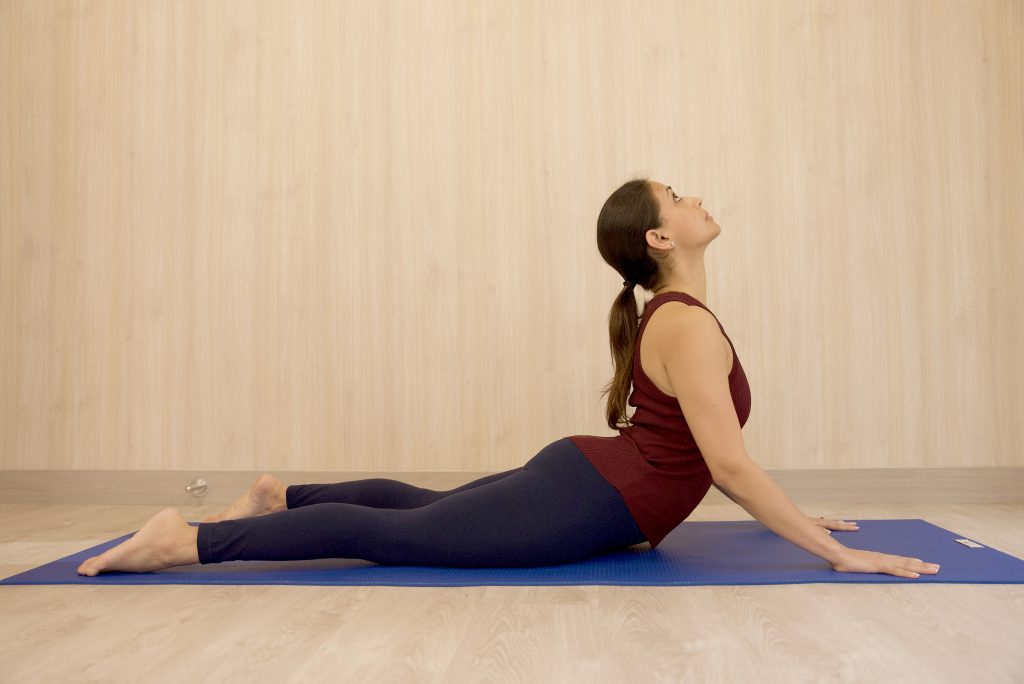
Premenstrual syndrome and menstrual cramps: Yoga, when practiced regularly, can reduce symptoms of severe PMS, including anxiety and depression in some women. Some postures can reduce pressure on the uterus, relieving cramps, and yoga’s gentle stretching can ease stiffness and tension in the lower back.
Pregnancy: Prenatal yoga classes are generally gentler than regular classes, and there’s a greater focus on breathing and relaxation. Mild-to-moderate exercise during pregnancy is important for both mother and the baby, and yoga’s gentle, relaxing movements may be ideal, and it can help you deal better with the stress associated with pregnancy.
The secret for women is to make yoga a part of their life – as much as breathing. With repetition and regularity, the practice of yoga will be ideal for women at any age.
Take a break from the demands of being a career woman, wife, daughter and mother and be yourself !














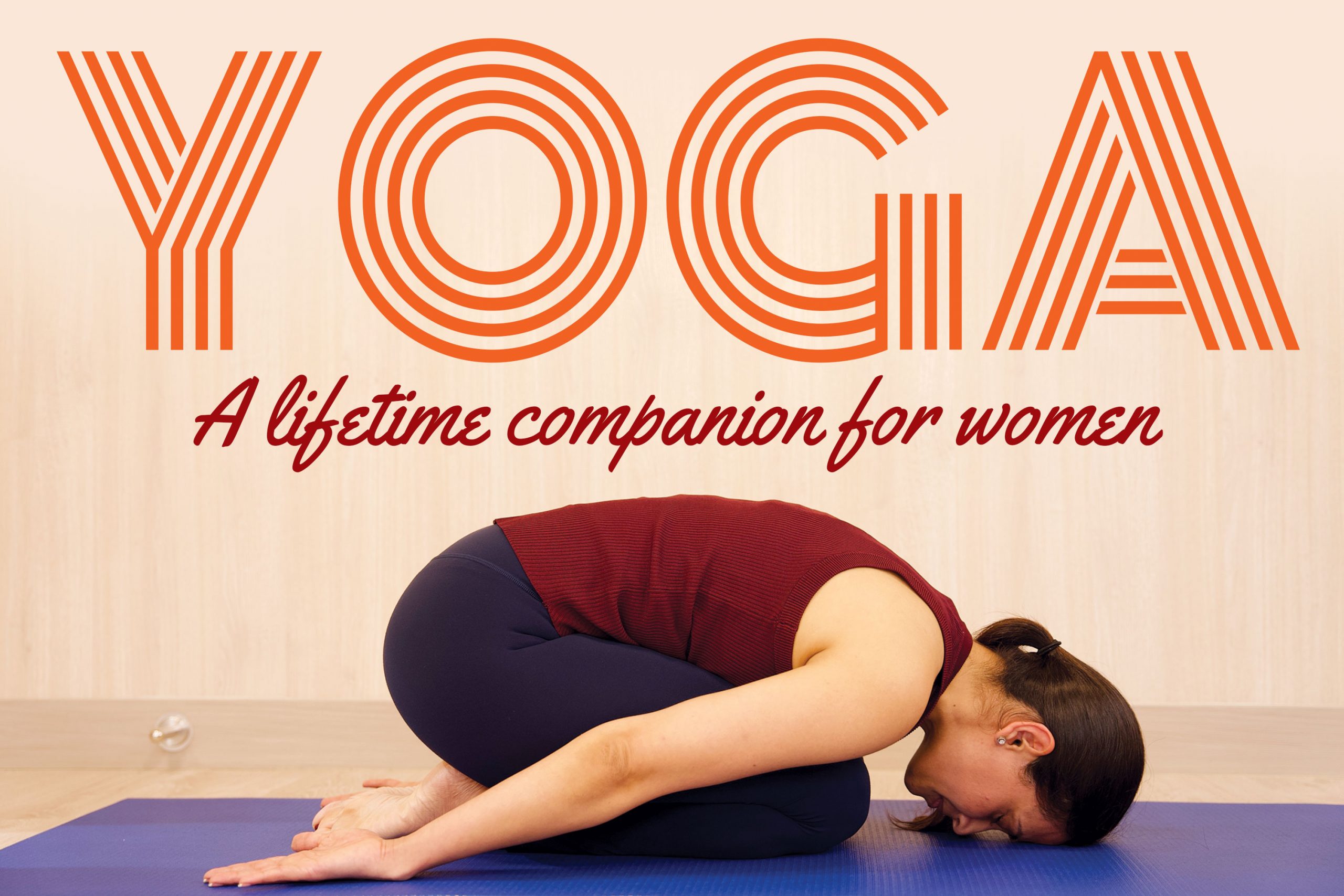



 Other
Other